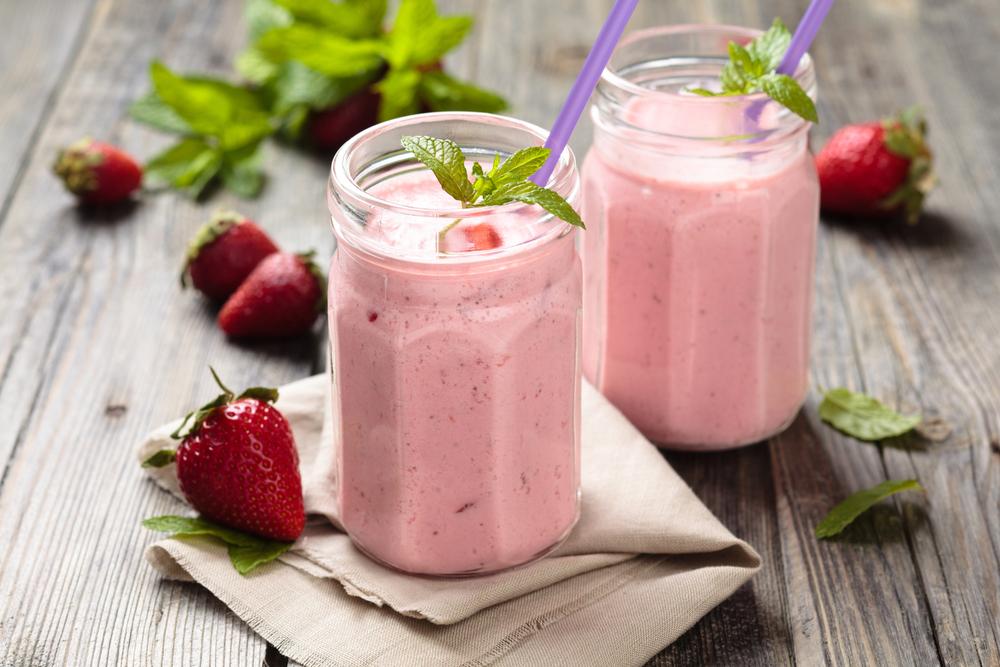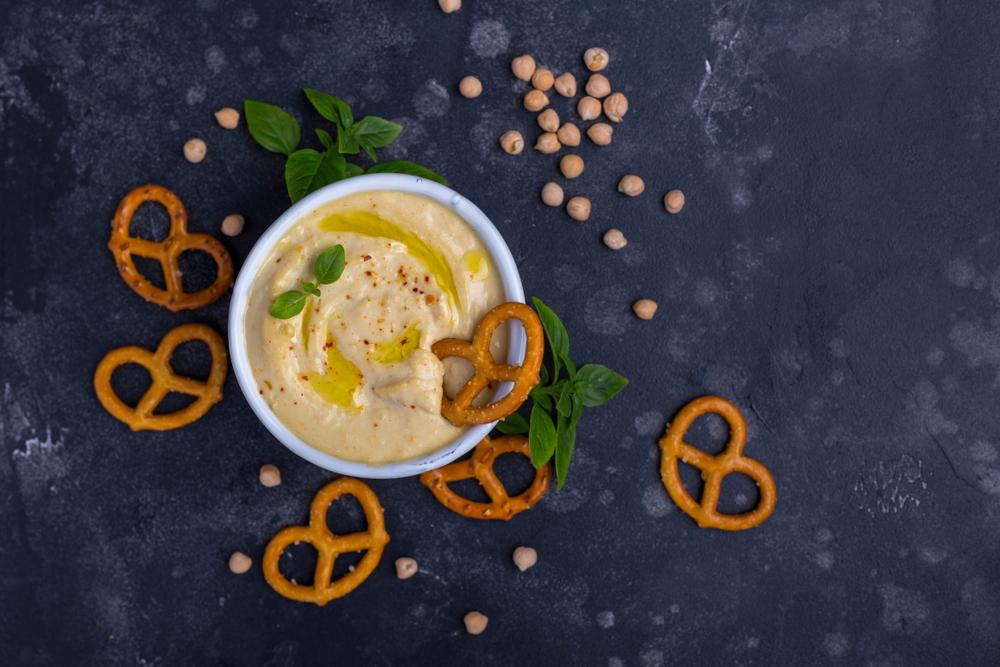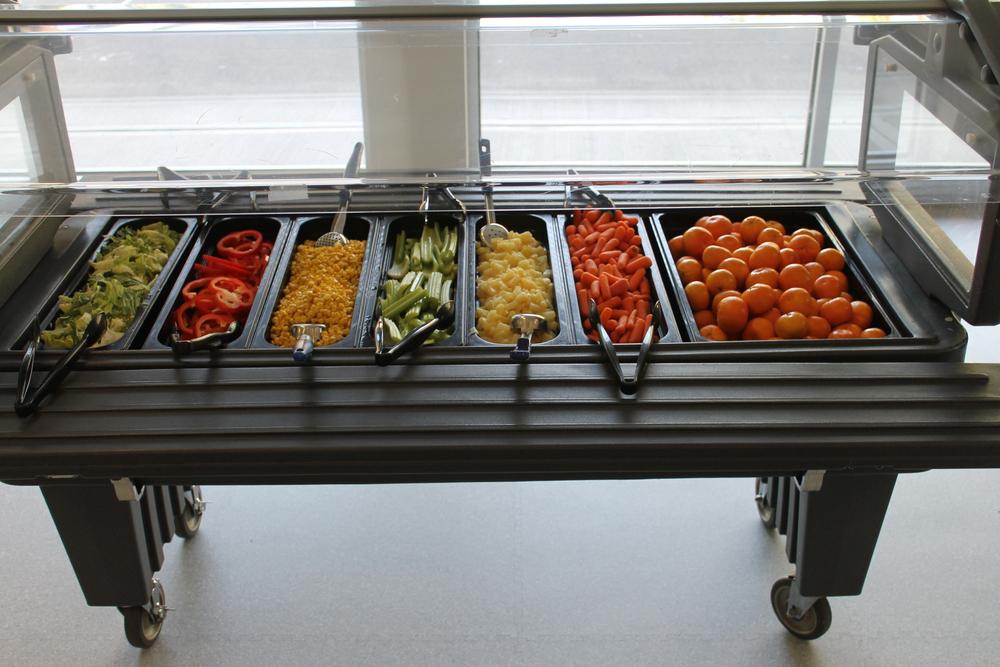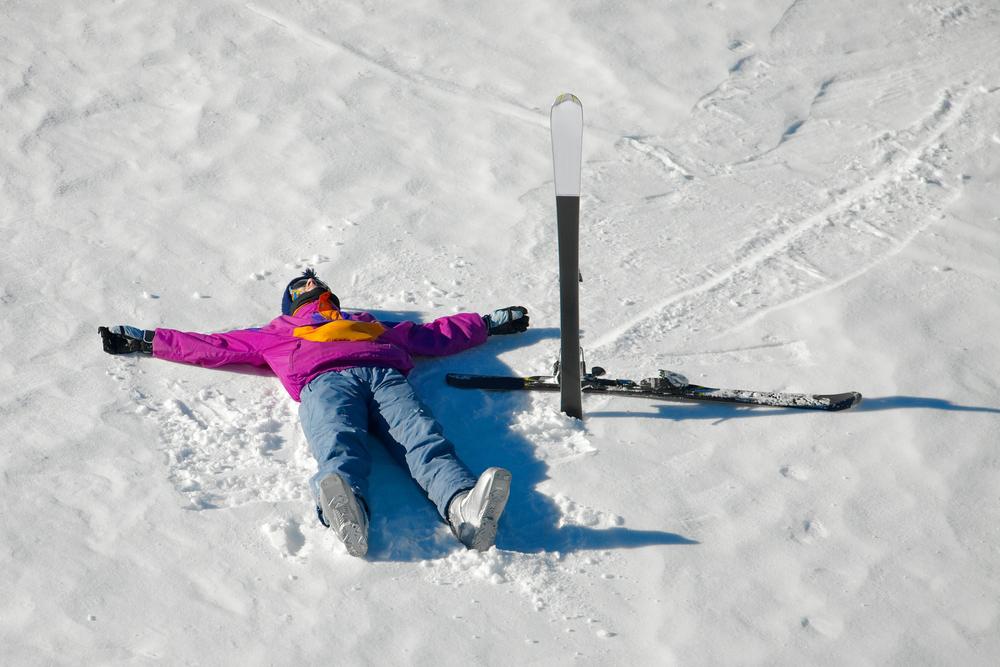 Appetite can be a tricky thing: Sometimes, after the hardest efforts or longest practices, your athlete may simply not feel hungry. This is normal—but if it becomes a regular occurrence, it can be a cause for concern. While hunger cues are generally important and should be respected, in situations like these, it’s important to help your athlete find a way to replenish their body after a hard practice or competition.
Appetite can be a tricky thing: Sometimes, after the hardest efforts or longest practices, your athlete may simply not feel hungry. This is normal—but if it becomes a regular occurrence, it can be a cause for concern. While hunger cues are generally important and should be respected, in situations like these, it’s important to help your athlete find a way to replenish their body after a hard practice or competition.
Here, TrueSport Expert Stephanie Miezin, MS, RD, CSSD, the Director of Nutrition for the NWSL team, KC Current, shares her best tips for helping your athlete fuel in a way that makes sense both for their body’s needs but also for their appetite (or lack thereof).
Understand that your athlete genuinely isn’t hungry
Some people are almost always hungry after exercise. Some people aren’t, especially after intense exercise. “We know that moderate to vigorous activity taking place on land can suppress some of the key hormones that make us feel hungry, while raising our satisfaction hormones so that we don’t feel the need to eat,” Miezin adds. “Usually, we would expect this appetite suppression to only last a couple of hours, but it differs from athlete to athlete.”
Don’t assume that your athlete is trying to be difficult or picky, or be immediately concerned that they’re displaying patterns of disordered eating. Often, that’s not the case. They’re simply not feeling hunger cues. “Hunger cues are different for everyone, and exercise affects people differently,” says Miezin. Certain conditions can make an athlete even less hungry after exercise, like particularly hot or cold environments.
In general, Miezin is a proponent of intuitive eating, meaning understanding and respecting one’s hunger cues, but post-workout can be an exception to the rule. “Sometimes we have to override the hunger cues of an athlete in order to get their bodies the fuel they need,” she says. “We need to think about overriding that ‘I don’t want to eat’ feeling, because it’s not actually serving the athlete.”
Understand your athlete’s needs
“Refueling is what starts the recovery process,” says Miezin. “This is especially important if we have athletes who are training every day and have limited time to recover. If they’re skipping that recovery meal or snack, they’re not optimizing their recovery. The post-workout snack or meal should be seen as an extension of your training or competition schedule.”
Even if your athlete isn’t feeling hungry, their body does need to replenish and repair, and if they have a high-volume or high-intensity training schedule that includes two-a-day or longer practice sessions, the sooner they can fuel post-workout, the better. To refuel and rehydrate, athletes need carbohydrates, protein, water, and electrolytes. The carbohydrates replenish muscle glycogen stores, while protein starts to rebuild muscle damaged by exercise. Electrolytes and water (or fluids in general) support rehydration after losing water and sodium in sweat during exercise.
The problem of an athlete who isn’t hungry post-workout is two-fold: First, they miss the initial refueling opportunity after a workout. Secondly, athletes don’t tend to have an increase in appetite to make up for that lack of caloric intake later in the day. “This means athletes can end up in a caloric deficit without meaning to,” says Miezin. This is an example of an unintentional caloric deficit situation that, over time, could contribute to issues like Relative Energy Deficiency in Sport (REDs).
“We’ve seen that if an athlete is in a caloric deficit due to skipping a meal, they’re usually hungry later in the day,” says Miezin. “But if an athlete is in a caloric deficit due to exercise, they usually don’t have that same hunger cue later. For example, if we skip breakfast, we’re probably going to be hungrier later, but if we have breakfast and then work out really hard, we may not have that same hunger later, even though we’re at the same caloric deficit.”
How to refuel after a workout
Ideally, your athlete is eating within an hour of finishing their workout, says Miezin. They can easily take 10 to 15 minutes to rest and let their body relax, but after that, even if they aren’t hungry, they should be thinking about starting the refueling and recovery process quickly with a meal or snack.
Good news: Eating post-workout is a skill your athlete can work on. “Most athletes don’t know or believe that their gut is trainable,” says Miezin. “We typically talk about this gut training as something you do before or during exercise, but it extends to after exercise as well.”
 Start with hydration. After a session at the gym or on the track that leaves your athlete dripping with sweat, they will need to rehydrate with water and electrolytes (particularly sodium) in order to bring their body back into balance. And often, even when an athlete isn’t feeling hungry, they still feel thirsty, says Miezin. You can use this to your advantage by blending rehydrating with refueling. For example, a smoothie with a source of protein (like Greek yogurt) and a source of carbohydrates (like fruit) is a great option, as is a simple carton of chocolate milk, which is rich in both protein and carbs. A sports drink or a fruit juice with a pinch of salt can also be used as a starting point for both refueling and rehydrating.
Start with hydration. After a session at the gym or on the track that leaves your athlete dripping with sweat, they will need to rehydrate with water and electrolytes (particularly sodium) in order to bring their body back into balance. And often, even when an athlete isn’t feeling hungry, they still feel thirsty, says Miezin. You can use this to your advantage by blending rehydrating with refueling. For example, a smoothie with a source of protein (like Greek yogurt) and a source of carbohydrates (like fruit) is a great option, as is a simple carton of chocolate milk, which is rich in both protein and carbs. A sports drink or a fruit juice with a pinch of salt can also be used as a starting point for both refueling and rehydrating.
Remember that athletes do need carbs for great performance, and that in this case, carbs via simple sugars may be beneficial. Often, well-meaning caregivers assume that a post-workout meal or snack must be whole food-based and nutrient-dense. While it’s great if your athlete wants to eat something nutrient-dense like a grilled chicken and veggie wrap for example, many athletes can’t stomach the idea of a meal like that after a hard session. “Young athletes usually can afford to take in a good amount of energy from simpler carbohydrates that might come in the form of sports drinks or cookies,” says Miezin. “These can have a time and a place. As a practitioner, if I’m working with an athlete who has really high energy needs, there is a good chance I’m going to recommend those sugary foods around exercise if it helps them to meet those needs.”
Make snacking simple. If y our athlete understands the need to refuel after a workout and can be trusted to eat on their own, make sure that their locker or backpack is regularly restocked with their favorite carbohydrate and protein-rich snacks. Shelf-stable cartons of chocolate milk, pretzels with hummus, crackers, or cookies/bars can all be packed so your athlete has a range of options when they finish training for the day.
our athlete understands the need to refuel after a workout and can be trusted to eat on their own, make sure that their locker or backpack is regularly restocked with their favorite carbohydrate and protein-rich snacks. Shelf-stable cartons of chocolate milk, pretzels with hummus, crackers, or cookies/bars can all be packed so your athlete has a range of options when they finish training for the day.
Build their tolerance to post-workout snacks gradually. Your athlete may start with sipping a sports drink before graduating to chocolate milk, then a smoothie, then a hearty snack, then an actual meal, says Miezin. “You’re training the mind and the stomach at the same time here,” she explains. “And then eventually, if you can get to where your athlete can eat a regular meal, that’s great. Even if they never get there, having something after training is 100% better than nothing.”
“Focus on favorites,” Miezin adds. “Especially for young athletes, focus on the foods and drinks that they actually like, and start with those. Starting with ice cream may feel counterintuitive, but getting used to eating that rather than nothing after a workout could lead to eventually having a more nutrient-rich smoothie. Ice cream still has the carbohydrates that are going to be helpful for muscle recovery anyway.”
Look for warning signs of REDs
Relative Energy Deficiency in Sport, better known as REDs, can happen when an athlete isn’t fueling enough to support their training. While not being hungry post-workout isn’t a sign or symptom of REDs, if your athlete isn’t eating for hours after practice, that could lead to a caloric deficit over the course of the day, says Miezin.
“If an athlete misses that post-workout snack or meal, they are missing an opportunity to contribute to overall daily caloric needs,” she explains. This is especially true if practice finishes near mealtime. An early morning practice would typically be followed by breakfast since prior to early practices, athletes tend to have a light snack rather than a meal. A long after-school practice often ends with dinner. Skipping either of those meals can lead to a caloric deficit for the day, and if that becomes the norm, your athlete could potentially be at risk for REDs, which can lead to low energy levels, a decrease in performance, and an increased risk of illness or injury. (Read more about REDs here.)
Finally, if your athlete mentions that a coach or other player on the team is telling them to eat less, suggesting that they skip meals, or ‘punishing’ the team after a practice session didn’t go well by withholding snacks at the end, help your athlete understand that these aren’t healthy practices. Miezin notes that many coaches are simply uninformed or may accidentally suggest nutritional tactics that are not supported by sports nutrition science. And sadly, often young athletes internalize messages from their coaches in a way that can lead to unhealthy eating behaviors—so if your athlete has always had a good appetite after practice and is exhibiting a sudden change, ask why.
_______________________
Takeaway
After a workout, refueling and rehydrating should be considered an extension of training, a vital part that shouldn’t be skipped. Even if an athlete doesn’t have an appetite after a training session, it’s important that they refuel with carbohydrates and protein. This can come in the form of a beverage or smoothie if it’s easier for them to drink their calories, or they can opt to eat a standard meal or hearty snack that contains carbohydrates and protein. If needed, lean into foods an athlete likes, regardless of their ‘healthiness,’ as well-liked foods can encourage an athlete to at least eat something.



